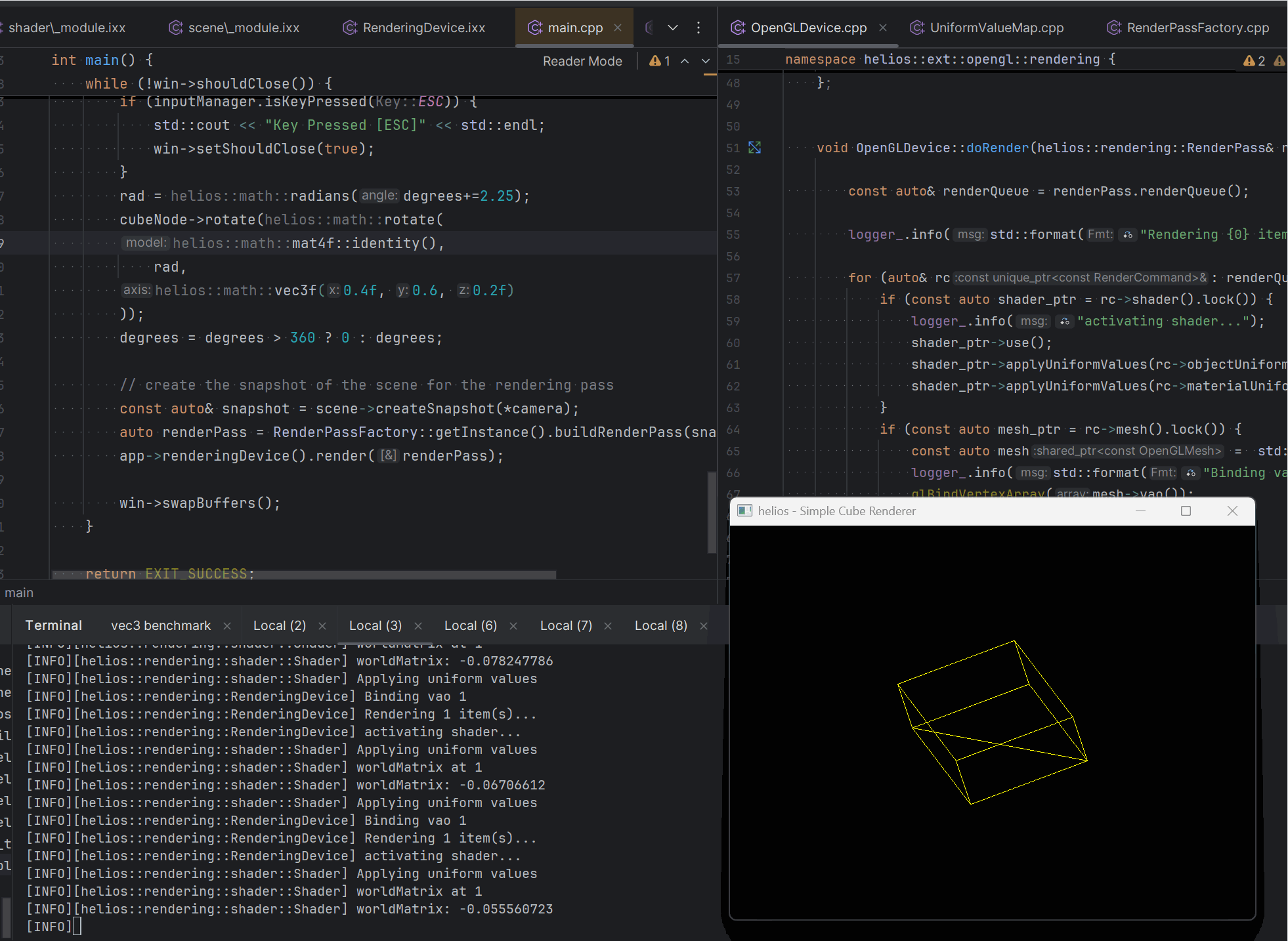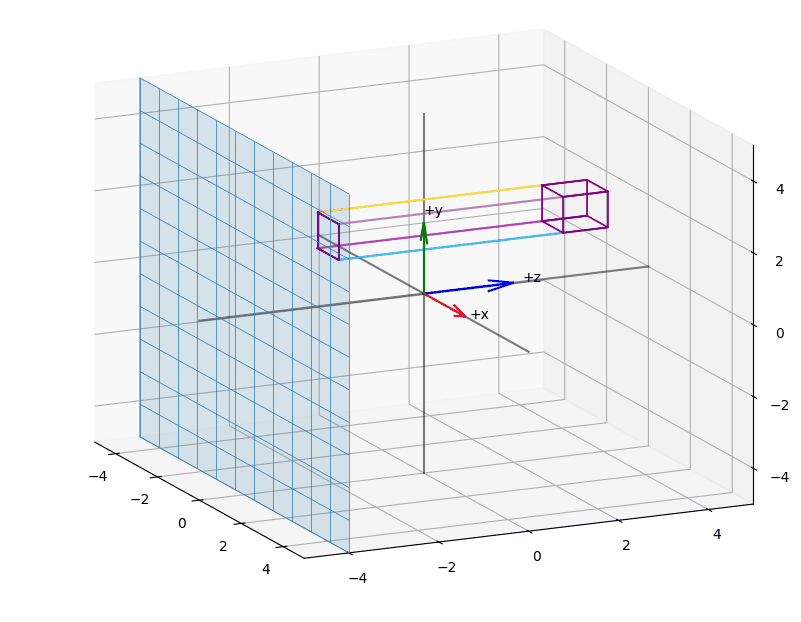Milestone 2: Scene Graph, Gamepad Widgets, and a Flying Spaceship
Milestone 2 is out. I originally planned to add some camera controls, but ended up rewriting how cameras integrate with the scene graph entirely. Along the way I also built the foundations for the game object system, a bunch of ImGui debug widgets, and a small spaceship demo where you fly around with a gamepad.

